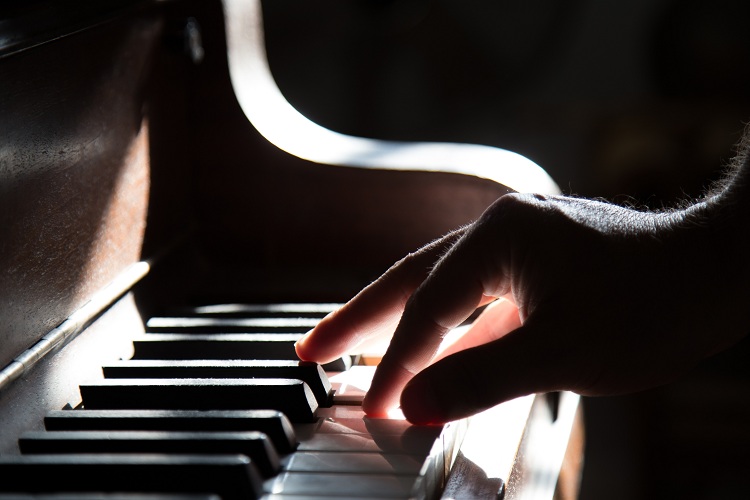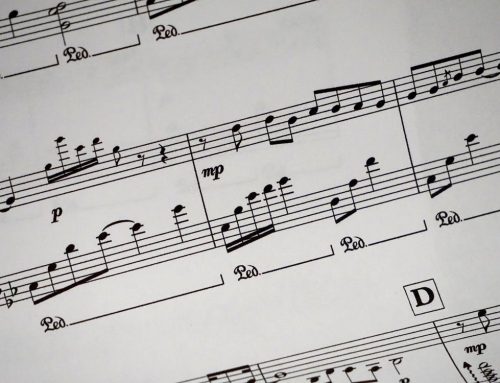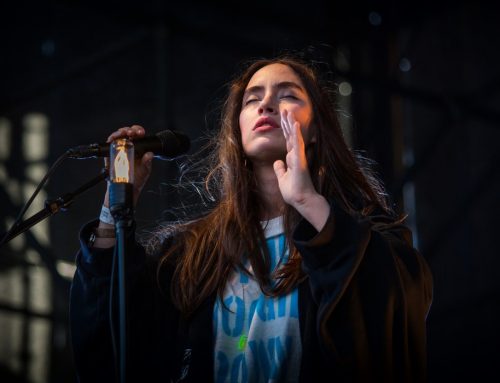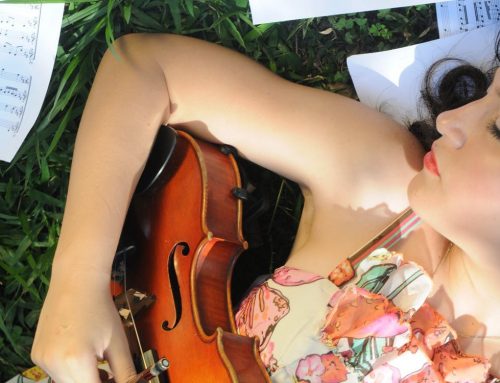Some of the music industry’s biggest legends have stated that many of their greatest hits were written on the piano before other instruments were added to the piece. Regardless of whether they’re into country music, R&B or rock, the piano is where the magic begins.
If you love the piano like they do, you should try your hands at writing your own hit songs on the piano.
The following tips will help:
1. Decide on the subject
The subject of the song sets the tone for the piece so spend some time thinking about what you want to write about and think of all the things you would like to mention. Whether it’s a simple song about your first love or a more complex commentary of political unrest in the world, it helps to brainstorm ideas.
2. Pick the key and tempo
The key and the tempo are the main ingredients needed to set the vibe of the song. Have a go at playing keys and chords that you’re familiar with and then select where the theme of your song fits.
The tempo of the song will set the mood; upbeat songs will call for a high-tempo (key of E) while slower ballads will remain in the key of C.
You’d play C, G, Am, and F. Play with fingers 1, 3, and 5 in both hands at the same time.
3. Experiment with the chords and take note what works
Once you’ve decided on the chords, try and play them in different orders. Play each note for a different number of beats and then mix them up to see what sounds the best and adequately conveys the emotions of the song.
When something works, write it down in case you forget it. As you build the song, the lyrics should start popping up in your head.
4. Write down everything
From the notes of the song to the lyrics, write down everything you can come up with. Very rarely will you nail a song in the first try, you’ll have to revisit it a few times before it’s perfect. Taking note of your progress helps you build ideas.
A lot of the times, what sounds good to you today, won’t sound great tomorrow and what doesn’t seem work at the moment can be used for a different piece.
5. Reveal the story of the song with each verse
As a beginner, you can stick to the basic structure of songwriting. In most songs you’ll find that the first verse serves as an introduction to the song, it tells the listener what the song is about.
In the first verse, you’re initiating a conversation. In the second verse, you’re providing more details and in the chorus, you’re tying the whole song together.
6. Build the bridge
Most songs will have a bridge to break the progression. You don’t have to have a bridge if you don’t want it. The bridge allows you to switch up the keys and tempo for a bit and helps you transition into the climax.
Many female singers like Whitney Houston and Christina Aguilera use the bridge to show-off their high notes before moving into the climax of the song.
7. Polish it until you get it right
There are geniuses out there that can develop a song within a day but most amateurs will require a little more time. Spend time adding and taking away from the song until you’re completely happy with it.
Asking other musicians for their input also helps.
Working with a song notation software saves you the hassle of writing down music and makes it simple to record several tracks as you build your song. Song notation software allow you to hear and tweak multiple tracks to determine what works and what doesn’t, easing the process of writing music significantly.
Music Jotter’s song notation software lets users create and share music online. Our software has a user-friendly interface and comes with a manual that provides an overview of the features, making it much easier to understand than other music notation software in the market.
Download the demo to get a closer look at all that our software offers!






